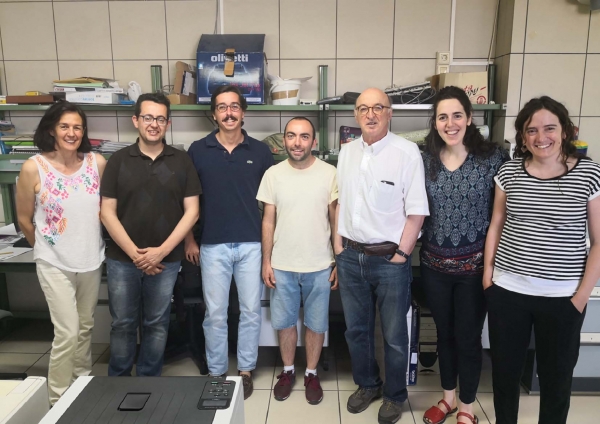Although agriculture is understood as a system whose basic principle is food production, agricultural systems boast many more possibilities. Ecosystem services, such as the conservation of landscapes, and traditional knowledge; increased biodiversity; and recreational uses, such as ecotourism; form part of the wide range of possibilities offered by this primary activity.
Integrated Food and Non-food Production Systems (IFNS) are based on this philosophy: maximising agriculture’s different possibilities through the integration of forest components, crops and livestock, in different ways and at the plot, farm and large-scale farming operation scales, with the intention of bolstering the agronomic, environmental and economic performance of these agricultural systems.
The SustainFARM project (Innovative and sustainable intensification of integrated food and non-food systems to develop climate-resilient agro-ecosystems in Europe and beyond) is an initiative that arose in Northern Europe, in countries interested in increasing the diversity of these systems in order to offer these types of additional ecosystem services for water conservation, and the augmentation of biodiversity, flora and fauna.
The University of Cordoba, through its AGR 119 research group at its Department of Agronomy, led by Professor Elías Fereres, brings to bear the experience that the institution and the southern region of Spain boasts in the diversification of these types of integrated systems.
Through the analysis of Spanish success stories, Fereres's group will evaluate how this type of symbiosis impacts the environment and the socioeconomic situations of farmers. The combination of non-woody and tree crops has been carried out in a traditional way in southern Europe, of special note being that between cereals and olive groves, and the reuse of these systems' "waste", with which the region has extensive experience. For example, the debris from olive pruning is used for fuels, livestock feed, and is incorporated into the soil as organic matter. In this way, Circular Economy dynamics are achieved at the farm level.
The integration of the carob tree into these systems –as a legume that anchors nitrogen to the soil in a natural way, thereby avoiding the cost of external fertilisation– bolsters both farmers' environmental sustainability and economic benefits, as it spares them this expense.
The increase in biodiversity that is achieved through this type of growing stabilises production and favours balance, preventing the propagation of pests that can ruin the crop.
The documentation of successful cases of systems of this type –such as those in which cattle are used to control weeds, or beekeeping is integrated into traditional agricultural systems– will allow us to understand the possibilities of these strategies, and then replicate them in the rest of Europe.
The guides generated by this research will allow European farmers to diversify their operations, with the incorporation of this diversity enabling them to obtain parallel harvests, take better advantage of resources, and increase their profitability, furnishing the European agricultural sector with greater stability.


